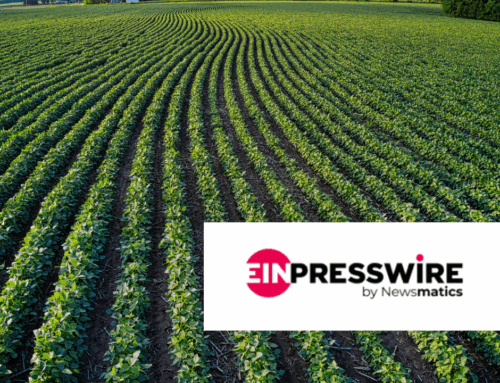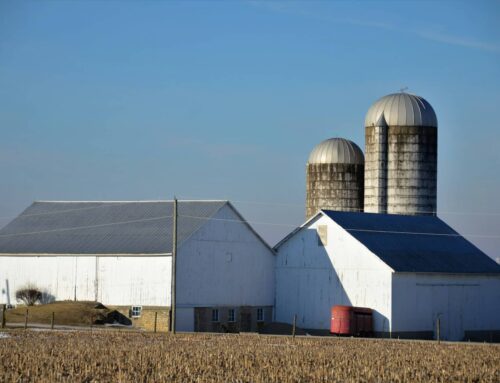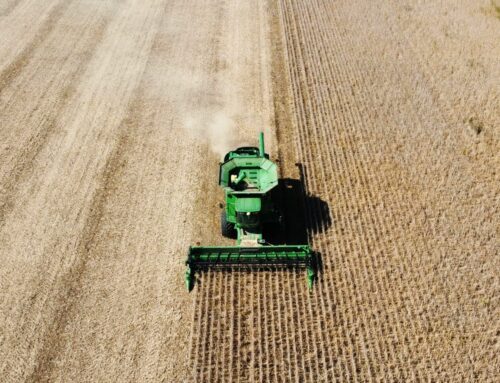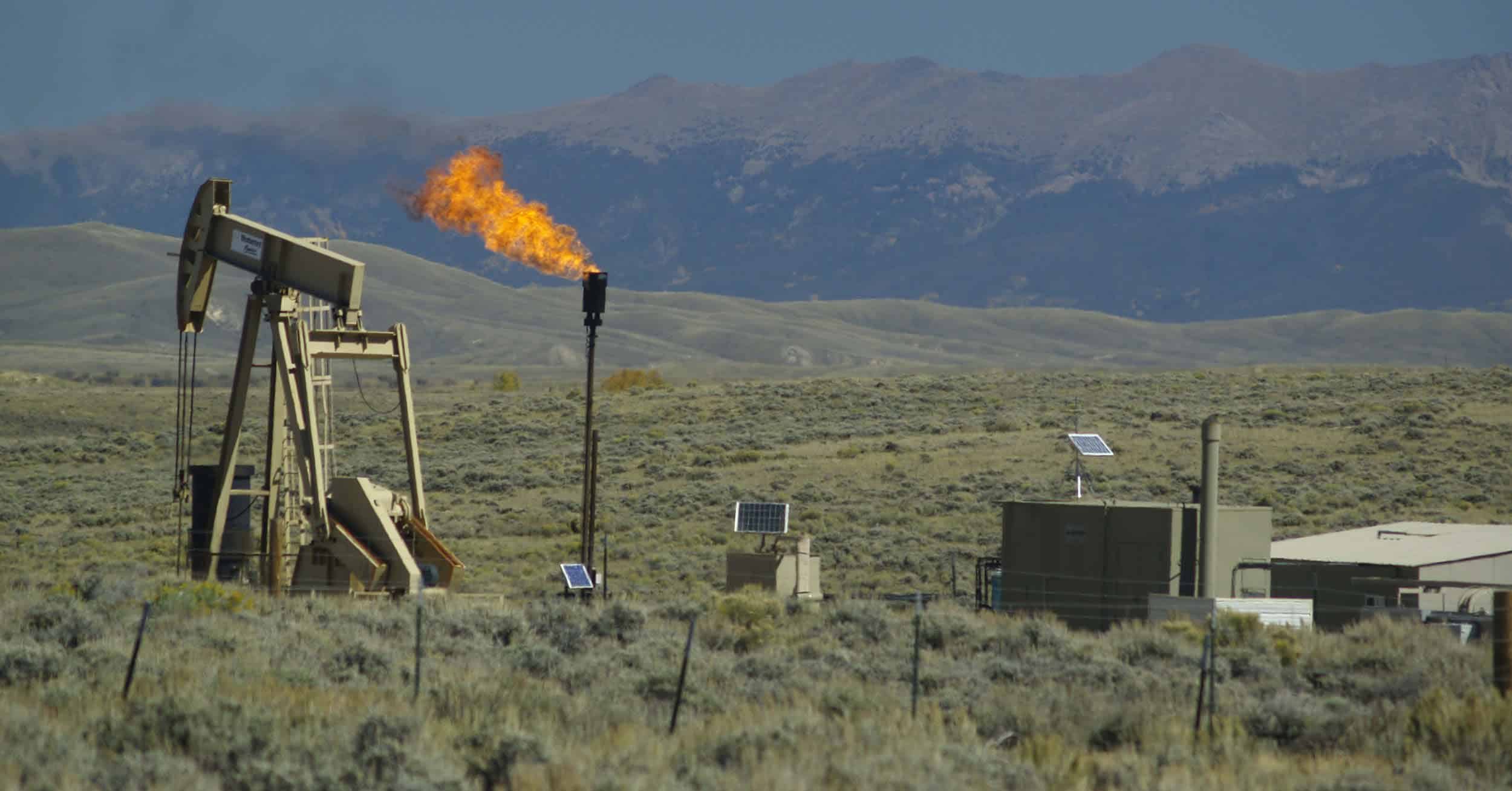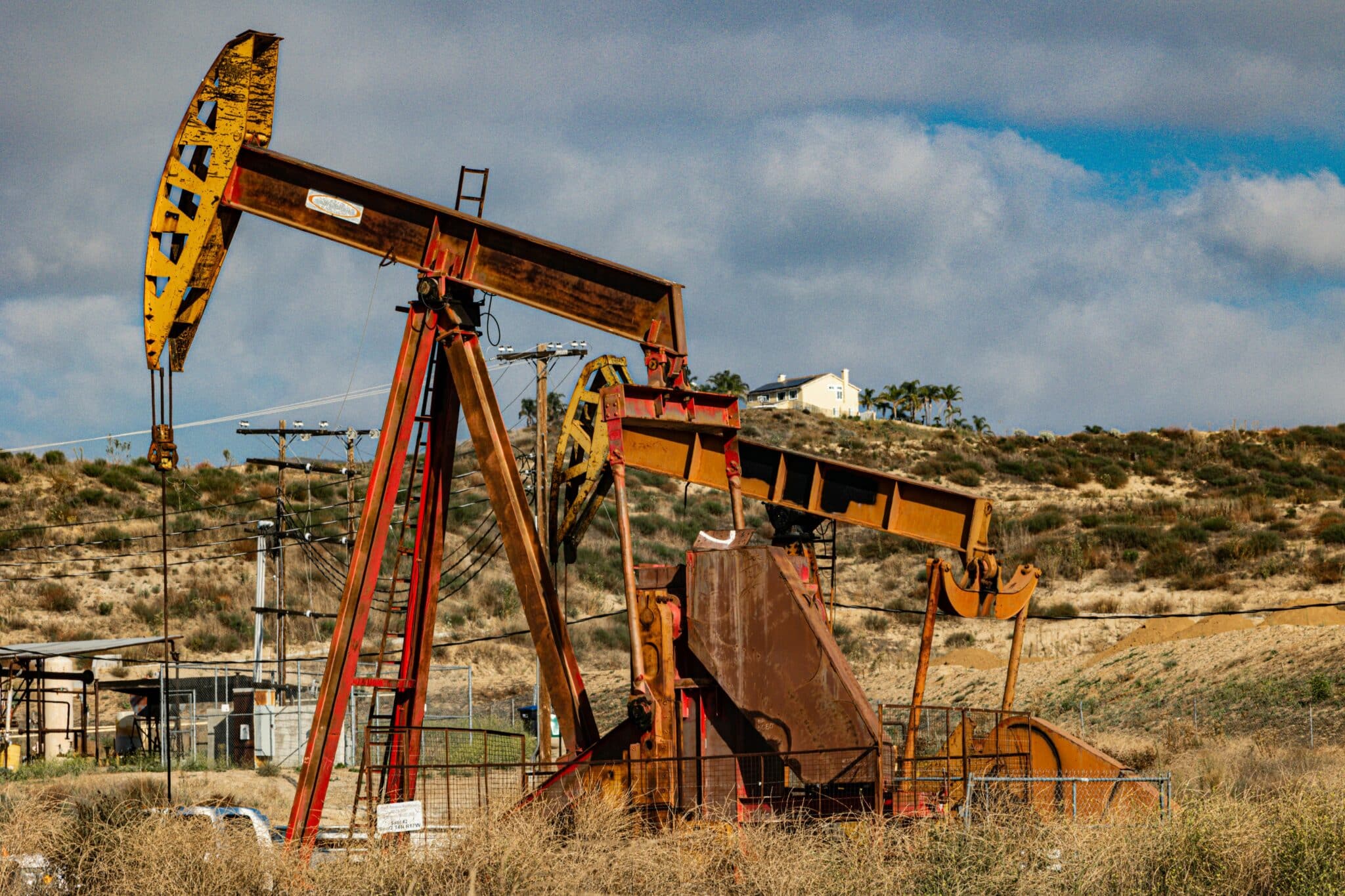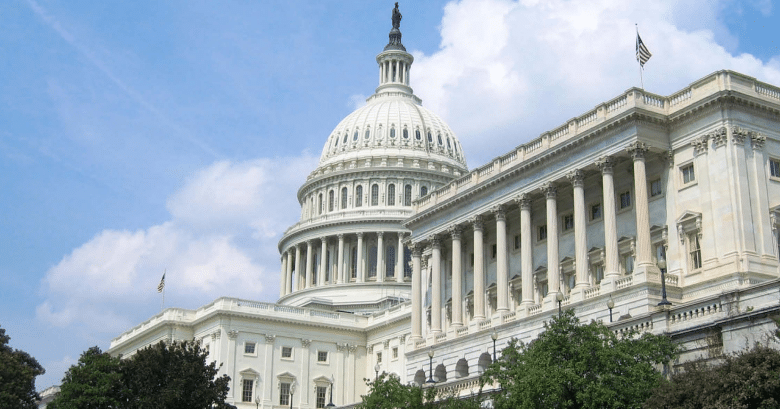View/Download this article in PDF format.
Many examples of corporate welfare can be found in the federal budget, but few are as wasteful as the U.S. Department of Agriculture’s Market Access Program (MAP). Since its inception in 1978, MAP has spent billions of taxpayer dollars subsidizing overseas advertising campaigns, product demonstrations, and exhibitions for well-off agribusinesses and trade associations. Recipients include well-known companies (or their grower-cooperatives) such as McDonalds, Nabisco, Welch Foods, Blue Diamond Growers, Sunkist, and organizations like the Brewers Association Inc. and Cotton Council International.
MAP’s Benefits are Overstated
For years, MAP’s poor implementation and cost inefficiencies have led several independent organizations to call for major reforms to the program. The Government Accountability Office (GAO) criticized USDA’s Foreign Agricultural Service for its estimates of this program’s economic effectiveness, calling them “overstated” and “inconsistent with Office of Management and Budget cost/benefit guidelines.” GAO also questioned MAP’s ability to increase exports in targeted markets.
In 2007, the Congressional Budget Office (CBO) called for MAP spending to be cut because 20 percent of its budget was spent to promote individual brand names. CBO found MAP duplicative of other USDA trade promotion programs, including the Foreign Market Development Program (FMD), Technical Assistance for Specialty Crops (TASC), Quality Samples Program (QSP), and the Emerging Markets Program (EMP).
Loopholes Bolster Large Corporations’ Bottom Lines
Even though a decade ago Congress deemed large companies ineligible and MAP funding was no longer supposed to be never-ending, program loopholes allow companies to continue benefiting from taxpayer subsidies year after year. Taxpayer money spent by MAP on behalf of the National Confectioners Association, promoting American brands abroad, benefit candy companies such as Mars, Nestle, Hershey, Godiva, Ghirardelli, Jelly Belly, and Kraft Foods. Through its promotion of the U.S. Hide, Skin and Leather Association, MAP spending benefits Cargill and Tyson Foods, which recorded combined sales in excess of $165 billion in 2012. And taxpayer funding for the U.S. Meat Export Federation has helped companies like Hormel Foods, Monsanto, and DuPont Pioneer every year since 2006. The list goes on and on.
Taxpayer Spending Doubled Since 2002
With a massive $16 trillion federal debt, MAP should be one of the first programs on the chopping block. Its spending has doubled from $100 million in 2002 to $200 million today. Eliminating the program would save taxpayers $2 billion over the next ten years and inject a small dose of common sense into our country’s agricultural policy.
Special Interest Giveaways
MAP is only one of many taxpayer-paid programs making up a menu of agricultural subsidies, which include federal loans, direct payments, target prices, crop insurance, biofuels supports, and other trade promotion programs. During the last seven years, from FY06-12, in excess of $1.35 billion in MAP subsidies has gone to 80 trade organizations, cooperatives, and corporations. Of these, the top 15 recipients accounted for nearly two-thirds of all MAP funds (see Table 1). Cotton Council International, the export promotion arm of the National Cotton Council, was the largest recipient, followed by the U.S. Meat Export Federation.
|
Table 1: Top 15 Market Access Program Recipients, FY06-12 |
|
|---|---|
| Recipient | Total MAP Grants |
| Cotton Council International | $140,577,319 |
| U.S. Meat Export Federation | $114,736,073 |
| Western U.S. Agricultural Trade Association | $76,023,350 |
| Food Export USA Northeast | $55,427,114 |
| U.S. Grains Council | $54,922,807 |
| Food Export Association of the Midwest USA | $53,919,908 |
| Wine Institute | $49,423,105 |
| American Forest & Paper Association | $49,371,613 |
| Southern United States Trade Association | $47,578,325 |
| U.S. Wheat Associates | $41,688,117 |
| Florida Department of Citrus | $38,284,944 |
| National Potato Promotion Board | $36,505,315 |
| USA Poultry and Egg Export Council | $35,721,677 |
| American Soybean Association | $35,084,173 |
| Washington Apple Commission | $33,551,555 |
| Sources: USDA, Foreign Agricultural Service | |
Taxpayers further subsidize activities benefiting many of the same companies through other, duplicative trade promotion programs. Federal spending on four programs – FMD, TASC, QSP, and EMP – totaled $184 million from FY06-11 (note: this is a conservative number since information was only available through FY10 for some programs). Table 2 breaks down spending totals from all five of these programs by respective categories. Since USDA fails to provide details about many of the taxpayer grants, the top funding category is a catch-all. Groups representing the following special interests round out the top ten list: fruit, livestock/poultry, cotton, nuts, wood/forestry products, beer/wine, grains, wheat, and dried fruit. Pet food came in at #18 with nearly $10 million in taxpayer subsidies since 2006. Other surprises lower on the list include trade subsidies for sheep, fish, popcorn, honey, fur/leather, and even baked goods.
|
Table 2: Funding by Category for Market Access & Other USDA Trade Promotion Programs, FY06-12 |
||
|---|---|---|
| Category | Total Funding for All Programs | Pct. of Total |
| General category | $273,168,109 | 17.77% |
| Fruit | $212,995,125 | 13.85% |
| Livestock, poultry | $175,545,621 | 11.42% |
| Cotton | $159,530,416 | 10.38% |
| Wood, forestry | $79,670,564 | 5.18% |
| Grains | $74,681,947 | 4.86% |
| Nuts | $73,922,863 | 4.81% |
| Soybeans | $64,015,661 | 4.16% |
| Beer, wine | $63,345,328 | 4.12% |
| Wheat | $63,236,447 | 4.11% |
| Dried fruit | $42,277,696 | 2.75% |
| Potatoes | $39,440,596 | 2.57% |
| Dairy | $35,180,259 | 2.29% |
| Rice | $34,368,786 | 2.24% |
| Seafood | $33,491,849 | 2.18% |
| Sources: USDA, Foreign Agricultural Service | ||
Notable Instances of Questionable Deficit-Financed Spending
Market Access Program
- Rogue Creamery: This small company has received marketing assistance through MAP-supported organizations, including the Western United States Agricultural Trade Association (WUSATA) and the U.S. Dairy Export Council (USDEC). With taxpayer support, Rouge Creamery was able to participate in the 2003 World Cheese Awards in the United Kingdom where it won “Best Blue Cheese” and “Reserve Champion” awards. According to USDA, “the company earned additional accolades at trade shows within the past six years that helped pique interest among international buyers.”
- The Popcorn Board: $1.93 million from FY06-12; presumably funded a popcorn promotion website including Encyclopedia Popcornica where “you’ll find science, history and the answers to everything you’ve ever wanted to know about popcorn but were too busy eating to ask.”
- Brewers Association Inc.: $2.2 million from FY06-12, a portion of which was used to assist Brazilian trade personnel with their travel to the Denver Great American Beer Festival and to cover seminar costs; EMP funds were spent on a China Beer Distributors Education Program and Brazil Craft Beer School Seminars.
- California Tree Fruit Agreement: $13.95 million from FY06-12, $35,000 used to mount a Chinese food media tour to California in conjunction with the stone fruit (peaches, plums, and nectarines) harvest season which resulted in more than $100,000 of free advertising in Chinese media (television and food publications) in key Chinese markets of Shanghai and Guangdong.
- Pet Food Institute: $9.9 million from MAP over the FY06-12 timeframe and $94,152 in FY09 from EMP; in 2012, MAP funds were used to operate programs in China, Japan, Mexico, the Philippines, Taiwan, Costa Rica, El Salvador, Guatemala, and Panama while EMP funds were used to study pet food market conditions in India, Philippines, and Turkey.
- National Potato Promotion Board: $36.5 million from FY06-12 to “help promote the export of U.S. frozen potato products, dehydrated potatoes and fresh potatoes to Japan, China, Korea, Mexico, Central America, Taiwan, Thailand, the Philippines, Malaysia, Singapore, Indonesia, Hong Kong, and Vietnam and seed potatoes in Latin America and Africa.”
Emerging Markets Program
- California Agricultural Export Council: $175,000 from FY08-10 for “Phases Two and Three of the China Moon Cake (round and rectangular pastries) Project.”
- U.S. Dry Bean Council: $47,540 in FY09 for a “Southeast Asia Snack Workshop.”
- U.S. Livestock Genetics Export, Inc.: $132,374 in FY09 for “Demonstration of Fertility with Use of U.S. Frozen Boar Semen” in the Philippines.
- Flavor and Extract Manufacturers Association: $137,850 in FY10 for “Increasing Understanding of U.S. and International Flavor Safety Evaluation Processes” in Southeast Asia.
- U.S. Grains Council: $220,080 in FY09 for development of a “Swine Demonstration and Technical Training Farm” in China.
- USA Dry Pea and Lentil Council: $96,130 in FY09 for “Technical Support for Southeast Asian Instant Noodle Manufacturers.”
- SIAM Professionals: received $101,000 in FY10 to “identify logistic constraints and consumer trends” for fresh produce in China; SIAM consults for organizations such as Coca-Cola, Monsanto, Syngenta, Burger King, Dunkin’ Donuts, Hershey Foods, Sunkist Growers, Wendy’s International, and Deere & Co.
Market Access Program Should be Eliminated
With the growing need to tighten the government’s belt, taxpayers cannot afford to continue subsidizing wasteful corporate welfare to pad the bottom line of profitable corporations and agribusinesses. Corporations can afford to manage and fund their own outreach and advertisements. It’s time the Market Access Program and other duplicative trade promotion programs were eliminated.
For more information, contact Joshua Sewell at 202-546-8500 x116, or josh@taxpayer.net.


